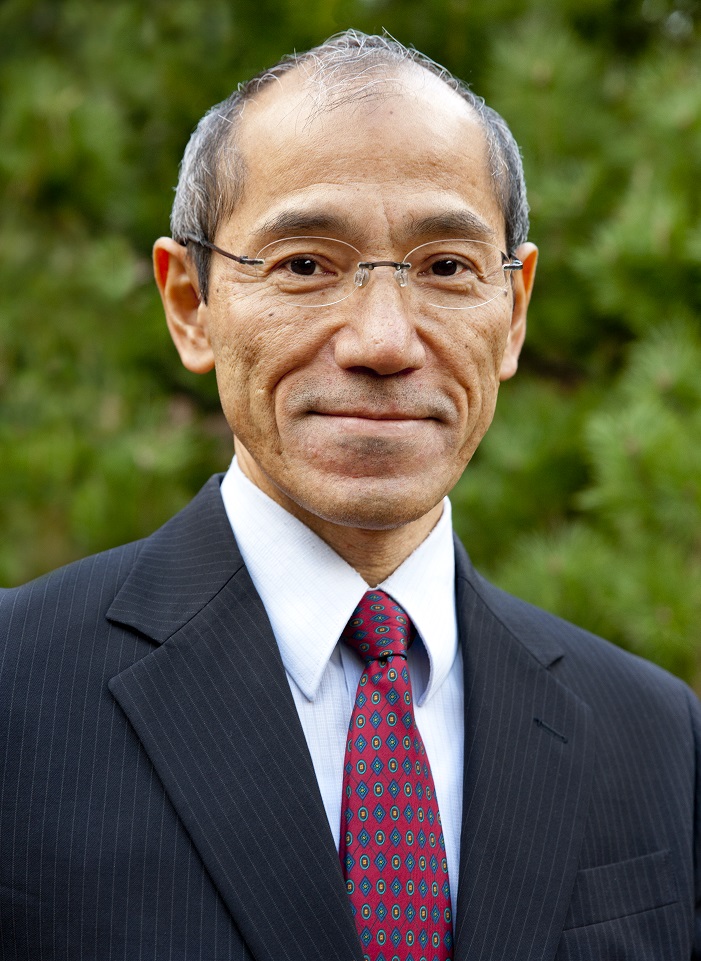The Editor-in-Chief invites you to read the short Welcome Essay that introduces the journal.
What is the role of research journals published by scientific societies? Authors are increasingly using preprint servers to establish the precedence of their work, rather than journals. This change has potential impacts on peer review; for instance, the ‘background’ communication among colleagues undertaken during the peer review process offers might be reduced. Moreover, the rise of multidisciplinary ‘mega’ journals is deflecting researchers’ attention and submissions away from specialist journals. And furthermore, the changing role of impact factor-style metrics has uncertain consequences. While the metrics never guaranteed the quality of any particular article or its research, their (mis)use affected author behavior and therefore the submissions to research journals.
The Editorial Board of Cell Structure and Function, which comprises members of the Japan Society for Cell Biology (JSCB), aims to publish research papers that provide cell biologists with robust and reliable data for the progress of cell biology – now and into the future. The board members read and assess all published articles and nominate the CSF ‘Paper of the Year’ Award after extensive discussion during the JSCB’s annual meeting. Thus, articles published in Cell Structure and Function are widely recognized by JSCB members, even if they are not selected for the CSF Award. We believe this visibility among cell biologists is more valuable than journal impact factor.
Cell Structure and Function is now a gold Open Access journal, and all articles are published under the Creative Commons Attribution (CC BY) 4.0 International license. This license allows for various uses without any need to obtain permission from the authors as the copyright holders. While the move to gold Open Access has inevitably caused the publication fees to increase, Cell Structure and Function remains affordable – thanks to the support of the Japan Society for the Promotion of Science. The journal will continue to strive to publish as many high-quality articles as possible.
As journals grow and develop, so too does the workload and the diversity of expertise needed to handle the variety of submitted manuscripts. In response, Cell Structure and Function introduced a more distributed editorial model in 2005. The Editor-in-Chief assesses each manuscript and allocates an Associate Editor to act as the Monitoring Editor. The Monitoring Editor assigns two referees and, based on their reviews, decides whether the manuscript requires revision. The Editor-in-Chief makes the final decision on each manuscript based on the Monitoring Editor’s recommendation. The result is that the best expert handles each submission, and the average turnaround time from submission to first decision has decreased.
We believe that the future of Cell Structure and Function is bright, and we will continue to ensure that it is a vital resource for JSCB members, scientists, researchers and anyone with an interest in cell biology. Despite the inevitable changes to come, one thing remains constant: researchers need to discover and access high-quality publications in order to undertake effective research. As such, Cell Structure and Function is committed to delivering relevant information to researchers and remaining an important part of their toolkit.
Professor Michiyuki Matsuda, M.D., Ph.D.
Editor-in-Chief
January 2023


